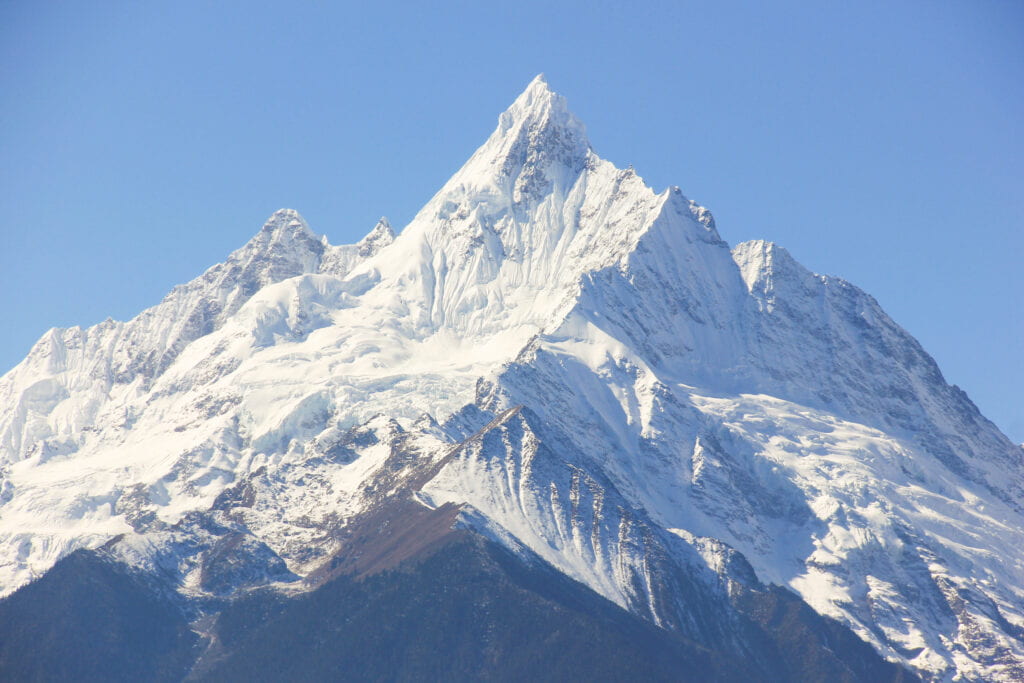
“The Third Pole” is a geographical region of mountainous terrain encompassing the Tibetan Plateau, Hindu Kush and Tianshan mountains, and the Himalayas. It is a picturesque region of the planet where, unfortunately, an often ignored danger lurks: Glacial Lake Outburst Floods (GLOFs).
GLOFs occur when bodies of meltwater or natural dams formed by glaciers are disturbed by any number of natural or anthropogenic sources. The disturbance triggers the release of huge volumes of water, leading to catastrophic floods that often happen quickly and with little warning.
GLOF frequency has increased significantly since the 1980, largely due to changes in climate and warmer temperatures in the region. Although there have been efforts to map out all glacier lakes in the Third Pole and to assess their danger, the data is lacking and often outdated, leading to the occurrence of these floods taking unsuspecting inhabitants in the region by surprise.
A new study published in Nature has undertaken the arduous task of filling in the gaps in the data and mapping out the locations of all glacial lakes. The study seeks to create a dataset of all past GLOF occurrences to assess their changes and to create a more accurate risk assessment for the region.
The results of the study show that since 1900, 145 total GLOFs have impacted the region, with 64% occurring after 1980. Of the 5,535 glacial lakes studied, 1,120 or 20% were classified as being a high hazard to surrounding areas. 379 lakes were classified as a very high hazard, with the Eastern Himalayas being at the highest risk, as the region had the most increase in GOLF frequency and the greatest size of surrounding glacial lakes.
The study also looked at what could potentially be damaged by these GLOFs. It found that 55,808 buildings, 5,005km of roads, and 105 hydropower plants––among many other structures––were at risk of damage by GLOFs. Most importantly, there are 190,000 local inhabitants in the path of these potential floods.
Of the countries in the region, China is the most at risk for infrastructure damage and potential lives lost. Due to the lack of adequate warning systems, the speed at which these GLOFs move, and the proximity of neighboring towns, warning times currently range from 36 to 90 minutes prior to the disaster.
Recent steps to protect vulnerable areas include:draining and reinforcing nearby hazardous lakes, as well as establishing a monitoring and early warning system for one particular lake. These projects, however, are extremely limited in scale, and are not prioritized in disaster mitigation strategies in the region.
Overall, GLOFs pose a large threat to thousands of people who call this region home. Many more resources need to be allocated to prevent future GLOF-related disasters in the Third Pole.
By Sarah Ortega
